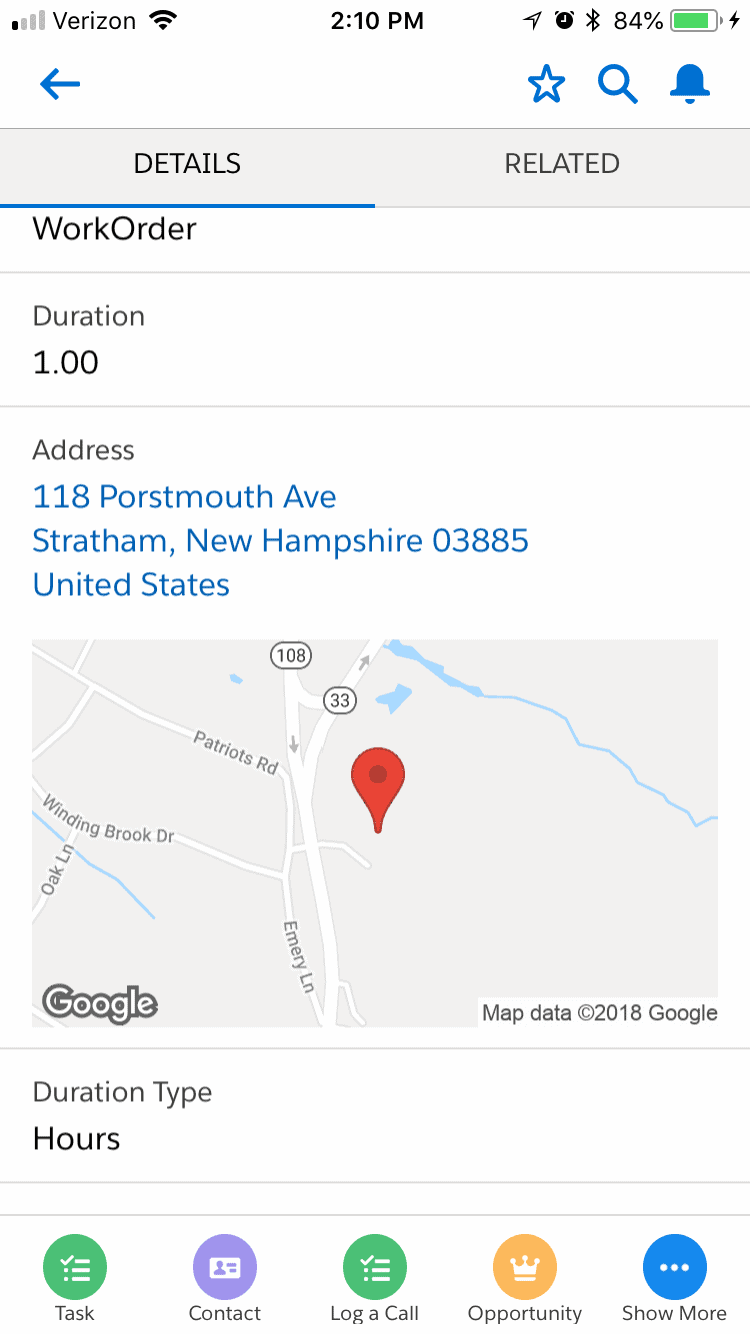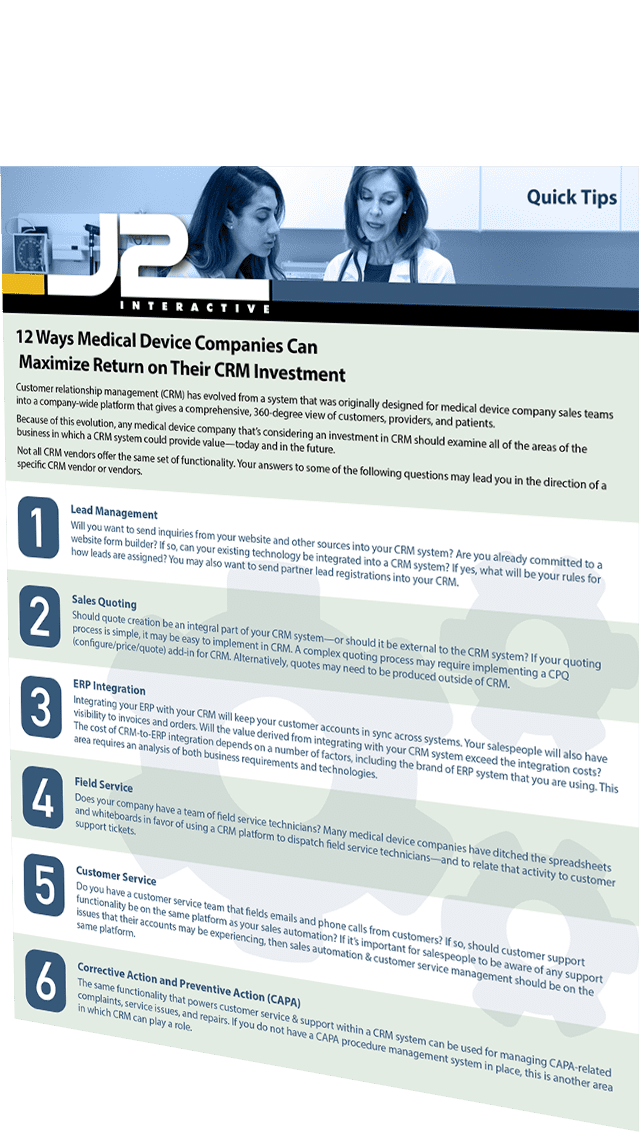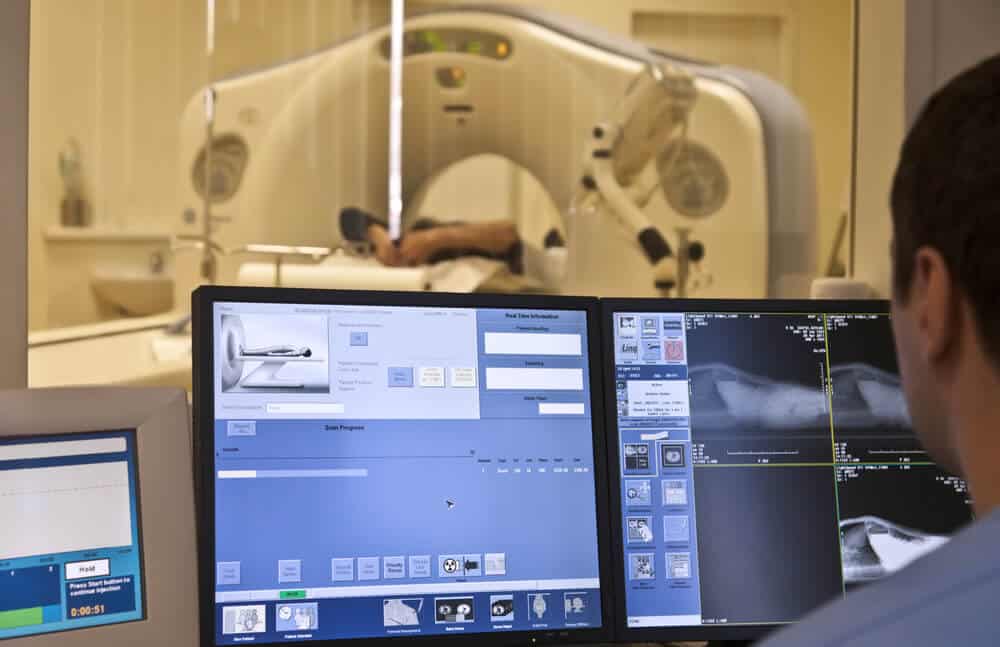 Field service software adds value to any type of organization that dispatches service technicians to customer locations.
Field service software adds value to any type of organization that dispatches service technicians to customer locations.
Even among smaller teams, using whiteboards and spreadsheets to manage and track field techs is unwieldy. There are measurable improvements with field service software—teams can maximize staff utilization and provide a higher level of customer service.
When field service management is a component of an organization-wide CRM system (versus being a standalone application), there are additional benefits. Information entered and maintained by staff in various departments across an organization is easily accessible within the field service component.
Conversely, members of a field service team can access a wider range of customer information without the need for expensive integrations to other systems.
We see field service operations in our everyday lives: plumbers, heating contractors and home computer techs, to name a few. The type of software that runs these field service operations has become increasingly popular in the support of medical technology.
In the case of a medical device manufacturer, field resources are equipment service technicians. The customer location can be a hospital, a clinic or a lab.
Resolving Device Issues
As with any type of field equipment, medical devices are subject to wear, tear and malfunction.
 Issues reported by customers are normally logged as service Cases (a.k.a. Tickets) within a CRM system.
Issues reported by customers are normally logged as service Cases (a.k.a. Tickets) within a CRM system.
When a call center agent cannot solve a customer’s hardware or software issue remotely, they should be able to generate a work order directly from the service Case. The work order can, in turn, be associated with an on-site service appointment.
Based on customer location, type of issue and the asset involved, appropriate and available resources can be presented to a customer service agent in a dispatch console.
If an “ideal” resource is not available for the needed response time, other recommended resources can be selected.
The assigned field service technician should have a mobile app that always reflects their current service appointments.
Components of Field Service Software
Field service software is organized into the following components.
| Resources | Equipment technicians |
| Services | Repair, upgrades |
| Subject data | Model number, serial number, firmware version |
| Historical information | Equipment service history |
| Skills | Certifications, equipment specialties |
| Customer schedules | Office hours |
| Vehicle inventory | Spare parts |
The back-end database of field service software is structured to store and track information about:
- Service appointments
- Service resources
- Service territories
- Resource skills & expertise
- Work type templates
- Schedules and operating hours
The user interface allows for easy data entry and maintenance. It also presents visualizations of data for greater productivity.
Field Service As a Component of CRM
Salesforce’s Field Service Lightning (FSL) is designed with the above requirements in mind.
FSL is one of the pre-developed Salesforce structures (see our LEGO analogy) that is available to medical device manufacturers.
Unlike standalone field service software, Salesforce’s field service capability is just one part of a comprehensive business software solution for medical technology companies.
Many medical device manufacturers use Salesforce to run their entire sales and customer service operations. Field service capability is a complement to both.
Applying Artificial Intelligence
Image recognition is one of the easier functions for an AI to get really good at, especially when the image contains an object that’s in a consistently familiar context.
For field service, artificial intelligence can be applied to identifying assets and parts in a picture taken by a field service technician. This can mean less confusion about the part in question and faster replacement—which means faster issue resolution.
In the case of Salesforce, the platform-wide Einstein AI can be applied to the field service function using the Einstein Object Detection developer tools.
Free Guide for Health and Life Science Organizations
Learn 12 ways medical device companies can maximize return on their CRM investment






